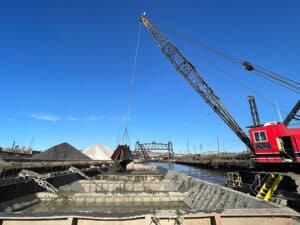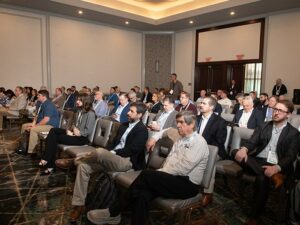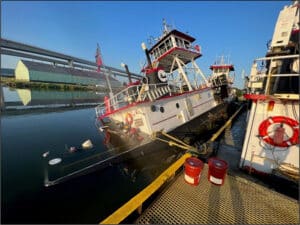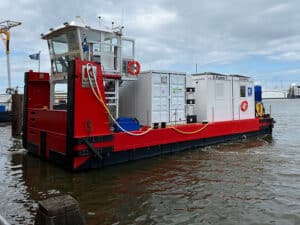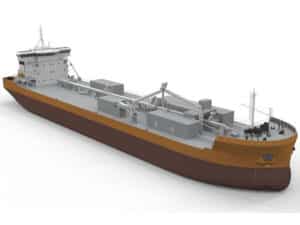
$37 million to extend Port KC’s reach on Missouri River
Written by Heather Ervin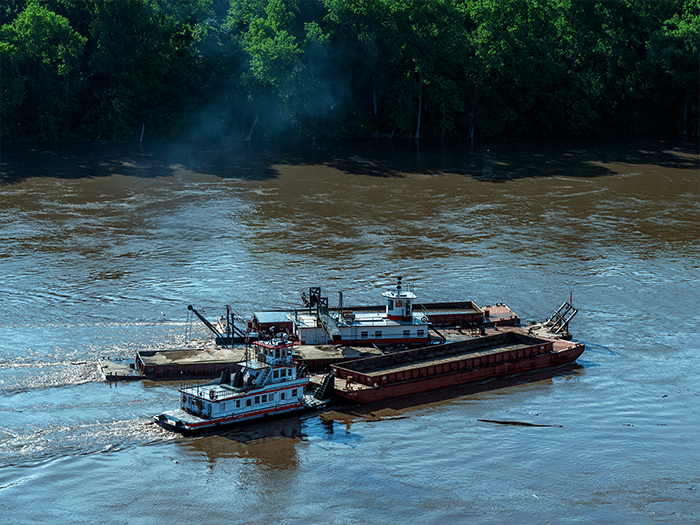
Credit: Shutterstock/Malachi Jacobs
On July 5, Port KC applauded the state legislature and the governor on their dedication to Missouri’s economic growth through their unprecedented investment in Missouri’s infrastructure. Missouri Gov. Mike Parson signed Fiscal Year 2024 (FY24) state operating budget bills, which included $37 million toward the improvement and growth of not one, but two Missouri River ports in Kansas City.
Freight in the United States is expected to double by 2040. Kansas City is one of the fastest-growing industrial distribution and logistical hubs in the United States. The only public port on the Missouri River in Kansas City is Terminal Woodswether in the West Bottoms. Port KC will utilize $7 million of those dedicated funds to build a new dock that will double the volume of barge traffic at this location which is expected to reach 1.38 million TEUs in the next two decades. Port KC assumed ownership and reopened the port in 2015 after decades of disinvestment and eventual closure.
Kansas City is the second largest port destination in the Midwest behind Chicago. With the widening of the Panama Canal, rising transportation costs, and growing traffic on U.S. highways, inland rivers are increasingly a vital part of the supply chain. Port Woodswether is a 7-acre, multi-modal facility that connects to rail and has immediate access to interstates. Freight in 2023, has already surpassed 2022 numbers.
The remaining $30 million in dedicated funds will aid in the growth and development of a second KC port dubbed the MRT, short for Missouri River Terminal. The MRT is located at the convergence of the Blue River into the Missouri River in Jackson County. It is the site of the old AK Steel mill plant north of I-70 near 435. Port KC acquired the 415 acres and started remediating the property in 2018.
The site has access to five major railroads, and the Missouri River, but required better road access for trucks in and out of the property. The state funds will allow development of the terminal, which will expand Kansas City’s footprint as a global logistics center, and attract needed new jobs and opportunity to the eastside neighborhoods of Kansas City. Port Duisburg in Germany has been a case study in the design. It is Europe’s largest inland port, handling 4.4 million TEUs in 2019.
These funds were part of the Missouri FY24 state operating budget, which is approximately $51.8 billion, including $15.2 billion in general revenue. Of those funds, nearly $4 billion is directed to infrastructure projects and transportation projects.

